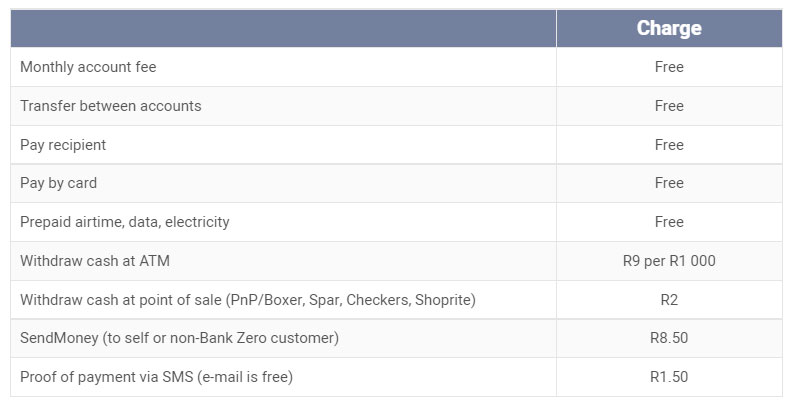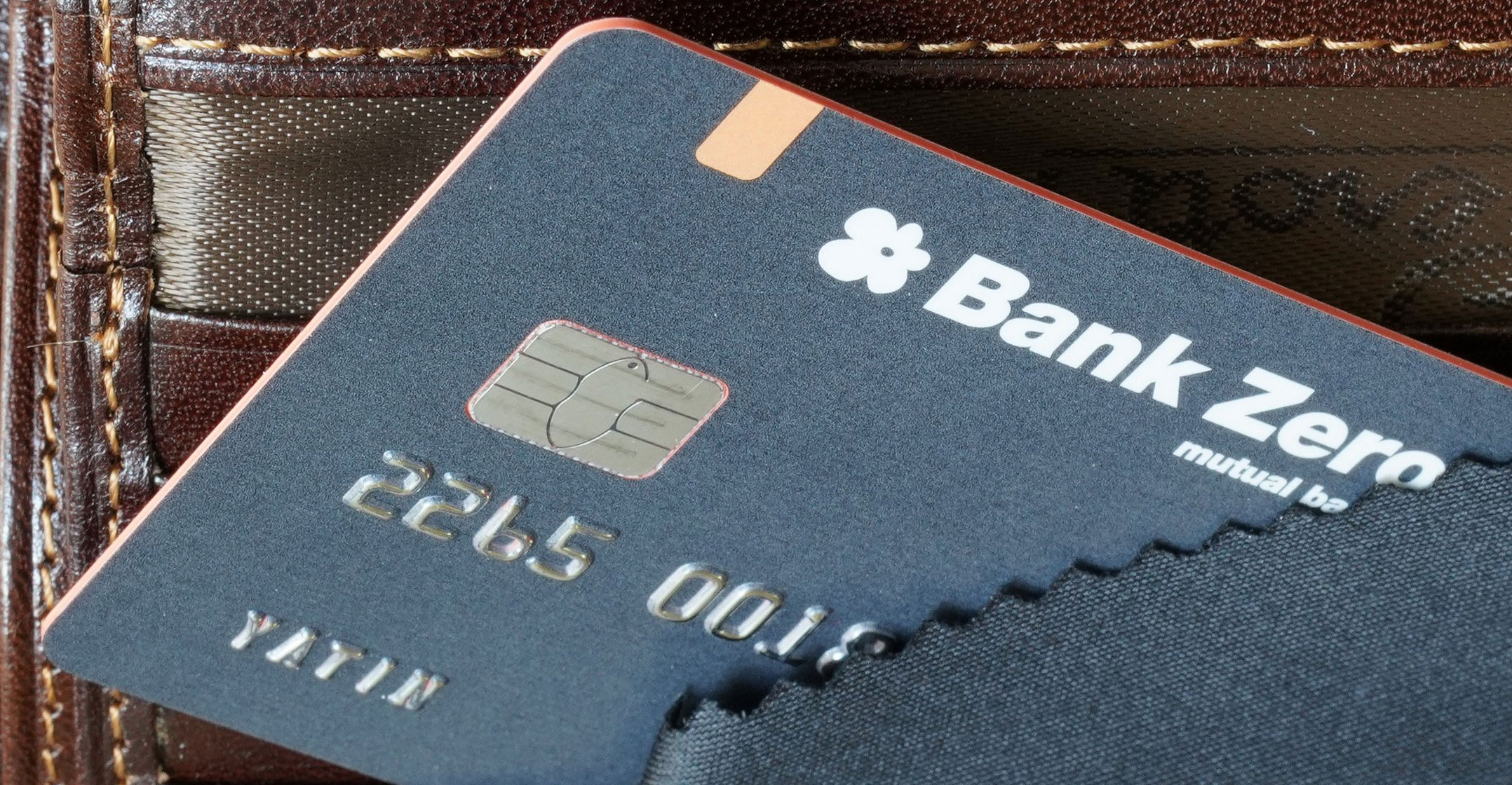South Africa’s newest bank, Bank Zero, is now accepting new customers following a closed roll-out phase. Executives say applications will be “throttled” to ensure that the bank’s seamless onboarding experience is not overwhelmed.
The mutual bank, founded by a number of former First National Bank executives, has had a difficult start due to a challenging work-from-home environment over the last roughly 18 months. It had originally planned to launch before the end of 2019. This was shifted to before the end of last year, then moved out again to mid-2021.
Its premise is that it will not charge any monthly account fees – but it enters a crowded market, with TymeBank, Discovery Bank, and African Bank’s transactional account all having launched in recent years. Most of the country’s largest banks (as well as TymeBank and African Bank’s MyWorld transactional account) have introduced entry-level accounts with no monthly fees in an effort to counter Bank Zero’s proposition.
One of its biggest focuses, however, is the business banking market where monthly account and transactional fees can often be punitive.
It offers only a single account type with the same fee structure for individuals and business banking, and offers seamless integration with Xero accounting software. This led challenger TymeBank to launch a low-fee business account last year, with FNB launching a Business Zero account in 2019 to pre-empt Bank Zero’s then-imminent roll-out.
Account pricing
Bank Zero unveiled its account pricing in October last year and has stated that these prices will remain the same this year. To ensure customers actually use the no-fee cheque account, a fee of R5/month will be charged if there are no transactions in six months.
Many transaction fees are zero, and where costs are charged, the bank has shrewdly positioned this as “third party costs which are passed on to you”.
The card personalisation process through its mobile app is slick – and cards can be delivered to Clicks stores for R79, or to your door in major centres for R139 (R179 for outlying areas). The app uses tiles to denote different accounts, and accounts can be shared with friends (friends can see accounts and add funds but never remove funds). Interest rates are roughly on par with what can be expected at other major banks.
Bank Zero’s app also separates any subscription payments into a dedicated area which gives customers unrivalled control.
It also requires app authorisation for all online transactions regardless of whether the site uses 3D Secure or similar (it claims this is a “world first”). Similarly, it offers control over any new debit order loaded onto your account. These are flagged in the app and can be rejected immediately.
Its patented card does not require the 16-digit number to be changed every time a new card is issued, unless the customer requests it.
The app also enables multiple people, be they staff or family members, to control or access accounts. Their mobile numbers are loaded against the accounts and/or recipients they are able to access. For individual accounts, the account owner will be able to authorise or reject transactions, while for business accounts, transactions will follow an authorisation chain that can be set up. The chain can be up to three levels with up to three authorisers per level.
QR codes
The app allows customers to pay any other Bank Zero account holder (think businesses) via QR code at no cost. For the receiver, the charge will only be 0.5% of the amount received. This offers significant relief to small businesses in the micro-payments space as they typically pay three to five times this amount.
Business customers can simply add their unique QR code to an invoice, online checkout screen or physical store. However, this payment system is not agnostic (like Zapper or SnapScan) and requires the paying customer to have a Bank Zero account. This will help the bank to try grow its base.
Importantly, Bank Zero has not launched with any credit offering. Its website says: “There is an oversupply of credit in South Africa… We believe that, through innovation, we can start a process of reducing the credit burden of our customers”. It may offer credit through a partner, in time.
- This article was originally published on Moneyweb and is used here with permission



 South Africa’s newest bank, Bank Zero, is now accepting new customers following a closed roll-out phase. Executives say applications will be “throttled” to ensure that the bank’s seamless onboarding experience is not overwhelmed.
South Africa’s newest bank, Bank Zero, is now accepting new customers following a closed roll-out phase. Executives say applications will be “throttled” to ensure that the bank’s seamless onboarding experience is not overwhelmed.